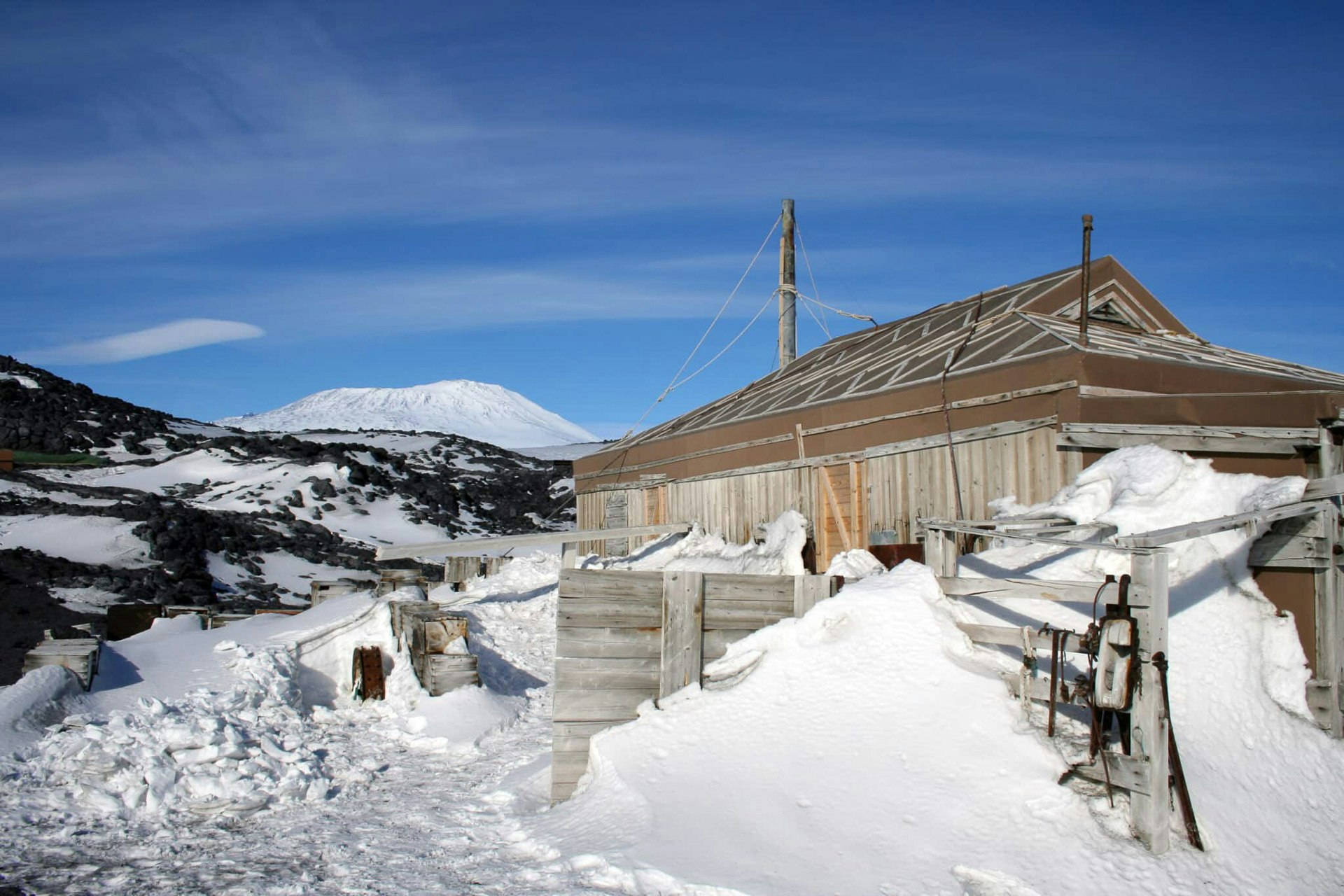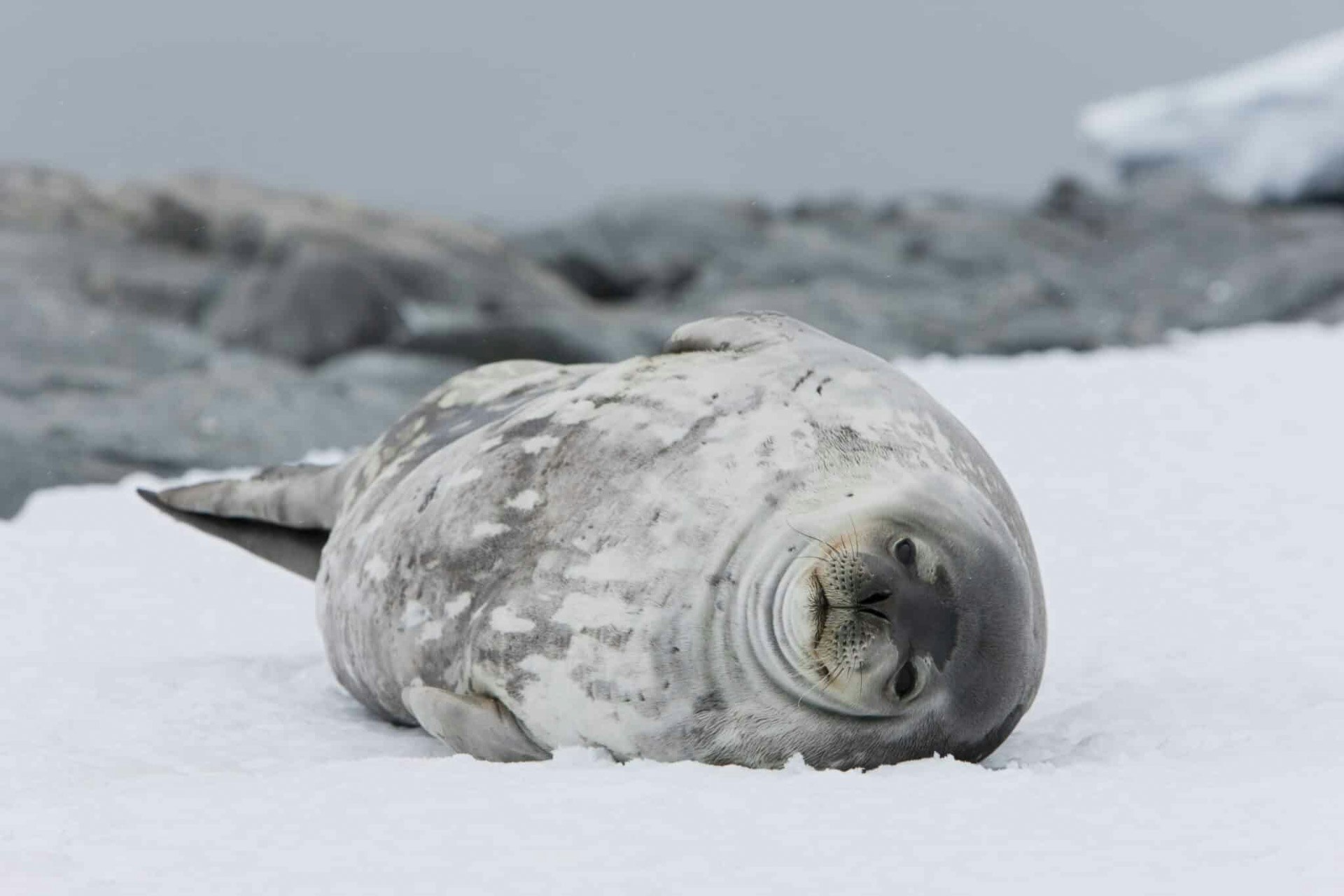Navigate the icy realms of the Ross Sea, Commonwealth Bay, and the enigmatic coast of East Antarctica.
Ross Sea & East Antarctica Expeditions 2025/2026
Why Join a Ross Sea & East Antarctica Cruise with Aurora Expeditions?
Wildlife Encounters
The Ross Sea and East Antarctica are remote yet teeming with life, offering a wildlife haven in one of Earth’s most extreme environments.
Adélie penguins nest in vast coastal colonies, with the world’s largest at Cape Adare, while emperor penguins breed on the sea ice, making sightings rare but unforgettable. Seals are abundant, from Weddell and Crabeater seals to the sleek leopard seal, an apex predator that preys on penguins and other seals. The surrounding waters host humpbacks, fin whales, and Antarctic minke whales, while orcas occasionally hunt in the icy depths. Above, albatrosses, petrels, skuas, and fulmars soar.
Unique Experiences
Aurora Expeditions’ Ross Sea & East Antarctica voyages offer an unforgettable journey into one of the most remote and pristine regions on Earth.
Explore towering icebergs and pristine sea ice on thrilling Zodiac cruises, watching for seals lounging on ice floes and penguins darting through the water. Step ashore at legendary sites such as Cape Evans or Cape Royds, where historic explorers' huts remain frozen in time, and embark on guided hikes offering panoramic views of the icy wilderness.
Natural Beauty
The Ross Sea and East Antarctica are among the most untouched and awe-inspiring regions on Earth. Towering icebergs, expansive ice shelves, and vast stretches of sea ice define this pristine wilderness, where the Antarctic ice sheet meets the Southern Ocean. The towering peaks of the Transantarctic Mountains form a dramatic backdrop, creating an otherworldly landscape that few have the privilege to witness.
These remote frontiers offer an unmatched combination of natural beauty and historical significance. They remain a place of scientific discovery and adventure, where the spirit of exploration endures, and the untouched grandeur of Antarctica continues to inspire.
Ross Sea Cruises FAQs
A Ross Sea cruise specifically focuses on the Ross Sea region of Antarctica, known for its pristine environment, historical sites, and unique wildlife. It often includes visits to historic huts from early explorers.
Highlights include visiting the historic huts of explorers like Shackleton and Scott, seeing vast ice shelves, spotting unique wildlife, and experiencing the remote and untouched beauty of the Ross Sea region.
Ross Sea cruises are usually longer than other Antarctica cruises, often lasting between 24 to 34 days, due to the remote location and extensive itinerary
You can expect to see emperor penguins, Adelie penguins, Weddell seals, minke whales, orcas, and various seabirds. The Ross Sea region is known for its rich biodiversity.
Our Expedition Team will guide you on excursions to witness breathtaking landscapes, activities may include guided shore excursions, wildlife watching, photography workshops, lectures by experts, and for those seeking even more adventure we offer option activities like sea kayaking.
Our comfortable open seating dining area is where you will share tales of the day and be fuelled with delicious meals cooked by our onboard chefs.















